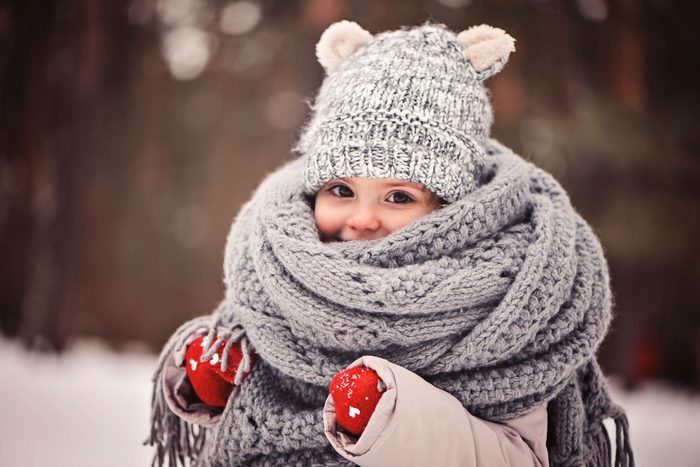
Dress for the cold
The simplest foundation for protecting your child’s skin from the cold is dressing them well. Margaret Ravits, MD, and board certified dermatologist, suggests a hat to keep you child warm, insulated gloves to protect against chapped or frostbitten hands, and scarf to keep your child’s face and lips from becoming red, irritated, and dry.
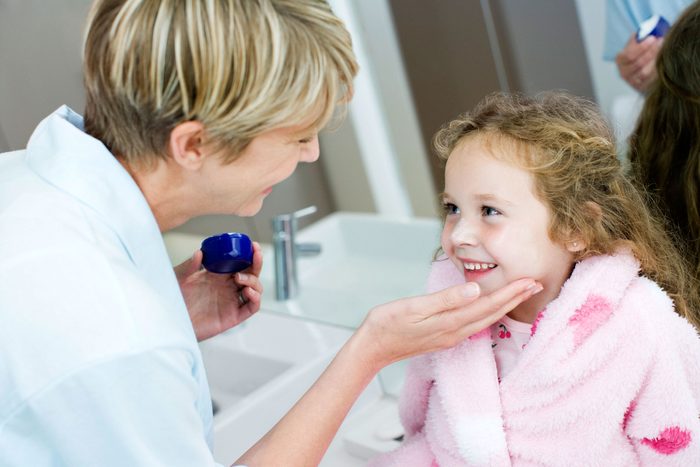
Don’t forget about UV rays
The sun shines year round, so make sure you child is always wearing a lip balm with at least an SPF of 15 as well as sunscreen with a SPF of 30 or more before they head outside. “Sunscreen is needed year round, not just on beach days, to protect the skin,” advises Dr. Ravits. “The UV rays reflect off of the snow so when kids are sledding, playing in the snow, or skiing, they are at an increased risk. Reapply lotion after about two hours of being outdoors.”

Slather on the Aquaphor
If it is especially windy and your child will be spending a significant amount of time outdoors, Kally Papantoniou, MD, and board certified dermatologist, suggests applying a skin barrier to their face to protect them from becoming chapped. “If your child will be playing outside in snow, skiing, or outside for prolonged periods applying a layer of Aquaphor, Vaseline, or virgin coconut oil to the cheek area can be very helpful to maintain skin barrier function and reduce drying of skin.”

Check the temperature
There are no formal guidelines that recommend when a child should or shouldn’t be outside, according to Dr. Papantoniou, but parents should consult the windchill factor table made available by their local weather team before the head outside for prolonged play. “A windchill of 32 degrees Fahrenheit or higher is generally safe for outdoor activities. In windchill temperatures between 13 and 31 degrees, remember to dress appropriately with layers and stay out no longer than 20 to 30 minutes. At windchills 13 degrees or lower, frostbite risk is very high and children should be kept indoors.”

Use moisturizer religiously
Especially during the winter months, moisturizer is a must if you want to keep your child’s skin healthy. Tsippora Shainhouse, MD, and board certified dermatologist, suggests a thin layer of moisturizer, such as Cetaphil RestoraDerm Eczema Calming Body Moisturizer, after their baths, before putting on pajamas. “Even if your child does not look like she has dry, flaky skin, or she isn’t complaining that her skin is dry, she may be itchy and uncomfortable, and may have difficulty sleeping or paying attention in class because of skin itch and irritation due to skin dryness.”
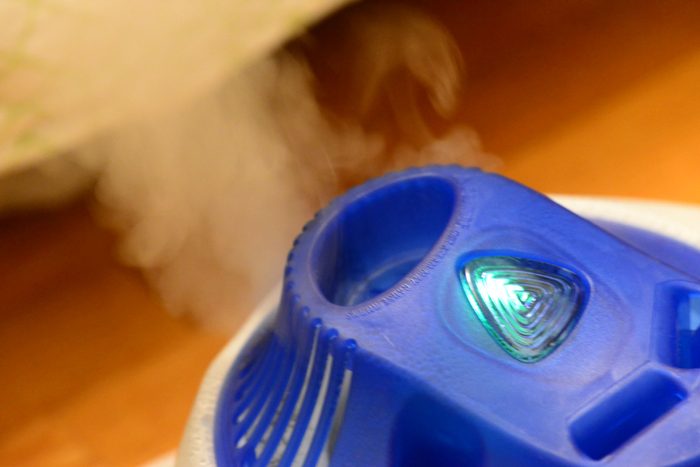
Use a humidifier
When the cold weather forces you to turn on your heat, the air in your home can become very dry. Dr. Shainhouse advises setting up a humidifier in your child’s room and turning it on at night. A humidifier will add moisture to the air, helping to prevent itchy and dry skin, dry throat, and nosebleeds. Here’s how to choose the best humidifier for your space.
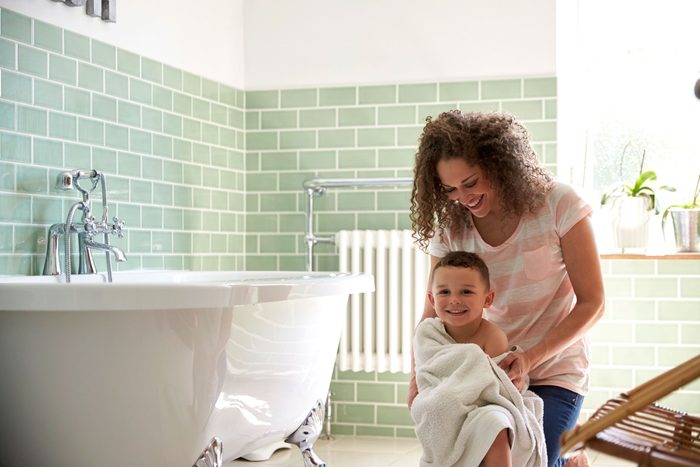
Don’t give your child too many baths
Over-washing can contribute to dry and chapped skin during the winter months, so it’s best to only bathe your children when absolutely necessary. “Encourage children to wash areas that need cleaning, but discourage soap lathering all over the body,” advised Dr. Papantoniou. “The regular use of soap can actually cause skin to dry out because it strips the natural oils from our skin.” Find out the ways you’re probably showering wrong in winter.

Watch out for chapped or damaged skin
If your child is experiencing chapped skin, make sure you apply moisturizer morning and night. For especially damaged skin, like chapped and broken skin on the hands, Dr. Papantoniou recommends applying antibiotic ointment, like Neosporin, in addition to regular moisturizing. Read on for home remedies for eczema and psoriasis.
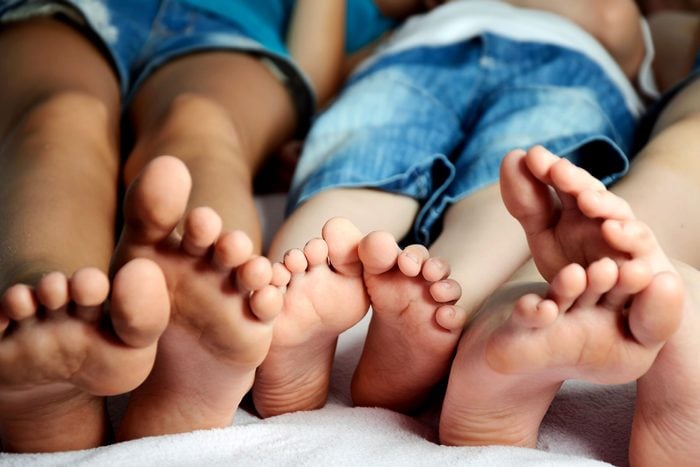
Know the signs of frostbite
“If there are early signs of frostbite such as white, red or bluish discoloration to toes or fingers, it is important to reheat the tissues as quickly as possible, making sure the temperatures are between 40 and 42 degrees Celsius and not higher,” cautions Dr. Papantoniou. “If there is persistent pain, color does not return to the skin, or blistering is noted, seek emergency medical care.”
